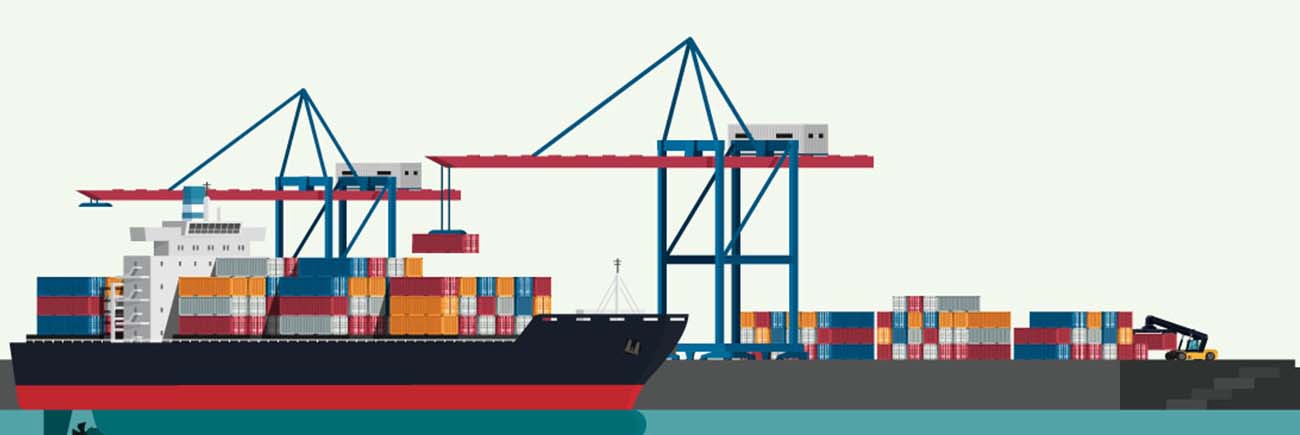
03 Mar Dealing with the Surge in Imports across Pacific Ocean Ports
Import activities in the west coast of North America is surging as it used to be in the pre-pandemic scenario. If the statistics are to be believed, analysts estimate a significant volume surge of 160 percent in imports compared to the year ago period. Staples and consumer durables are among the most sought-after shipments in this lot and most of them have arrived from Asia Pacific.
Due to this sudden surge, there has been equipment shortages and enormous congestion (both vessel and truck). Ironically, port authorities in Asia Pacific as well as North America are saying that this upward spiral is going to continue till October this year.

But taking a closer, one would realize that equipment shortages, vessel congestion of 40 hours, truck congestion at the gate are all a result of disparate manual operations. Rather, streamlining certain processes with automations and integrations to a certain level would keep the processes straight forward and manageable.
Sharing advance information
Before a vessel arrives to enter the port precinct, it has to wait for the port authority to allot a dock for itself to berth. But already, there several other ships which have been waiting for days to enter the port precinct. This situation could have been thwarted, if all stakeholders (both in the land side and the port side had adopted an information sharing approach.
A community wide platform such as a Port Community System can seamlessly enable advance information sharing of vessel departure from the source and the stipulated time it takes to reach the destination. Also, Forwarders/Consolidators, Transporters, Consignees, Yards, Terminals and other would accordingly streamline their operations. In this case, even equipment can be made available as and when a vessel arrives at the port.
Tracking Cargo movement
Tracking speed of movement and the traffic flow of products makes it much easier to predict how goods will move through the supply chain. Suppliers, manufacturers and distribution centers can prepare to receive goods, which reduces handling times and ensures the efficient processing of materials. A Port Community System comes handy here as it ensures the cargo reaches the right destination at a stipulated time without any delays as all stakeholders are keenly monitoring the movement.
Predicting demand slump/surge
A situation like this is never foreseen by any authority or the stakeholder. But digitization offers a framework that’s powered by Artificial Intelligence. And the modern-day Port Community System is configured with 5G too which makes it even smarter. By predicting demand or an unforeseen event like the this, the stakeholders would be well prepared. There would not be any equipment shortage and even the seasonal surge/slump as well gets resolved with seamless operations.
Read More on leveraging ocean cargo for Vaccine Distribution
Every other port across the world would have a similar story to talk on. The second wave of the pandemic is gradually pushing us to a brink of lockdown yet again. However, with the increasing surge in consumer demand, there is no stopping in the near future. Technologies like Port Community System will be of prime importance in the near future.

